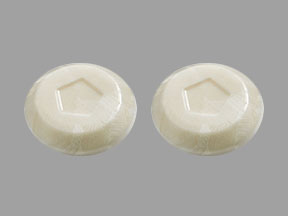House dust mite allergen extract Interactions
There are 139 drugs known to interact with house dust mite allergen extract, along with 7 disease interactions, and 1 alcohol/food interaction. Of the total drug interactions, 44 are major, and 95 are moderate.
- View all 139 medications that may interact with house dust mite allergen extract
- View house dust mite allergen extract alcohol/food interactions (1)
- View house dust mite allergen extract disease interactions (7)
Most frequently checked interactions
View interaction reports for house dust mite allergen extract and the medicines listed below.
- Adderall (amphetamine / dextroamphetamine)
- Ativan (lorazepam)
- Concerta (methylphenidate)
- CoQ10 (ubiquinone)
- Cymbalta (duloxetine)
- Dymista (azelastine / fluticasone nasal)
- EnLyte (multivitamin with iron)
- Klonopin (clonazepam)
- Lamictal (lamotrigine)
- Latuda (lurasidone)
- Lexapro (escitalopram)
- Mydayis (amphetamine / dextroamphetamine)
- NAC (acetylcysteine)
- Niacin Flush Free (inositol)
- Nytol (diphenhydramine)
- Omega-3 (omega-3 polyunsaturated fatty acids)
- Omega-3 Fish Oil (omega-3 polyunsaturated fatty acids)
- Pristiq (desvenlafaxine)
- Prozac (fluoxetine)
- Rexulti (brexpiprazole)
- Silenor (doxepin)
- Singulair (montelukast)
- Subvenite (lamotrigine)
- Trintellix (vortioxetine)
- Viibryd (vilazodone)
- Vitamin B12 (cyanocobalamin)
- Vitamin D3 (cholecalciferol)
- Vyvanse (lisdexamfetamine)
- Xyzal (levocetirizine)
- Zoloft (sertraline)
House dust mite allergen extract alcohol/food interactions
There is 1 alcohol/food interaction with house dust mite allergen extract.
House dust mite allergen extract disease interactions
There are 7 disease interactions with house dust mite allergen extract which include:
- asthma
- eosinophilic esophagitis
- autoimmune disease
- bleeding
- myocardial infarction
- nephrotic syndrome
- cardiovascular complications
More about house dust mite allergen extract
- house dust mite allergen extract consumer information
- Compare alternatives
- Side effects
- Drug class: allergenics
- En español
Related treatment guides
Drug Interaction Classification
| Highly clinically significant. Avoid combinations; the risk of the interaction outweighs the benefit. | |
| Moderately clinically significant. Usually avoid combinations; use it only under special circumstances. | |
| Minimally clinically significant. Minimize risk; assess risk and consider an alternative drug, take steps to circumvent the interaction risk and/or institute a monitoring plan. | |
| No interaction information available. |
See also:
Further information
Always consult your healthcare provider to ensure the information displayed on this page applies to your personal circumstances.


